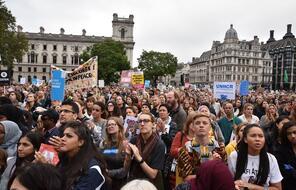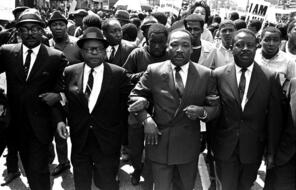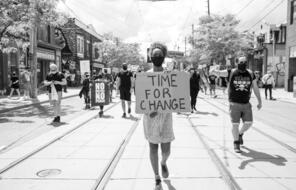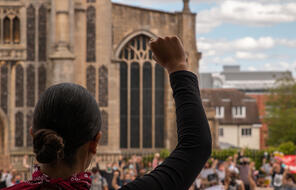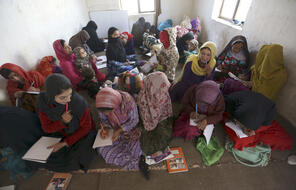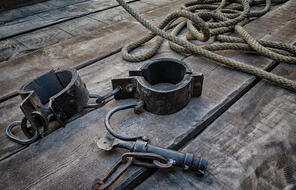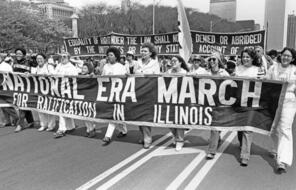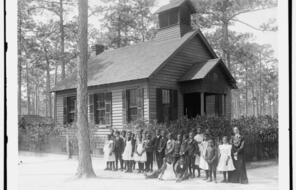Yellow Fever Upstanders
At a Glance
Language
English — USSubject
- Social Studies
- Human & Civil Rights
Yellow Fever Upstanders
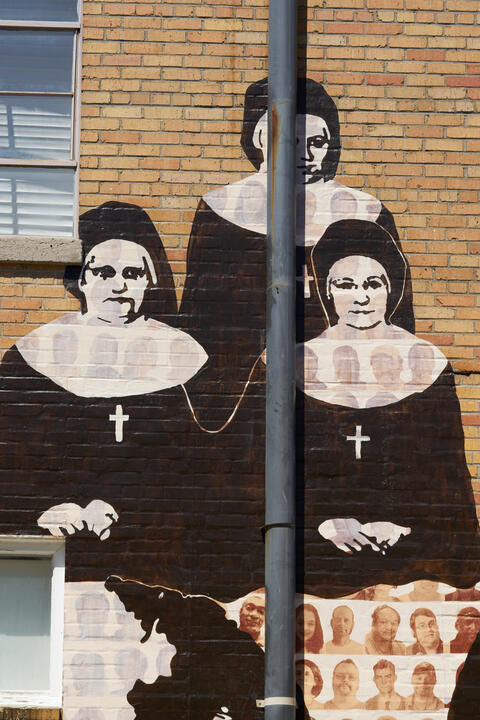
Yellow Fever Upstanders
"Compassion in Times of Crisis"
(1878)
During the yellow fever outbreak in 1878, over 25,000 people, mostly white, fled the city, leaving behind the African American population and the economically disadvantaged to tend to the sick. Others remained because they felt it was their duty to do so. Among them were ministers, rabbis, priests, and nuns. Many ordinary citizens also chose to stay and help. At a mass meeting, they organized a citizens’ relief committee which included two white representatives and one African American from each of the city’s ten wards. The Howard Association, which was formed in an earlier epidemic, also sprung into action.
Together, with the Catholic priests and sisters of St. Mary’s Episcopal Church and the founding clergy of St. Agnes Academy, they performed the difficult tasks of fighting the outbreak, including recovering and burying the deceased. Although a few people took advantage of the crisis, the tragedy united most Memphians—black and white; rich and poor; Catholics, Protestants, and Jews. Without the sacrifice of volunteers and those who were forced to stay, the epidemic could have destroyed the city we know and love today.


